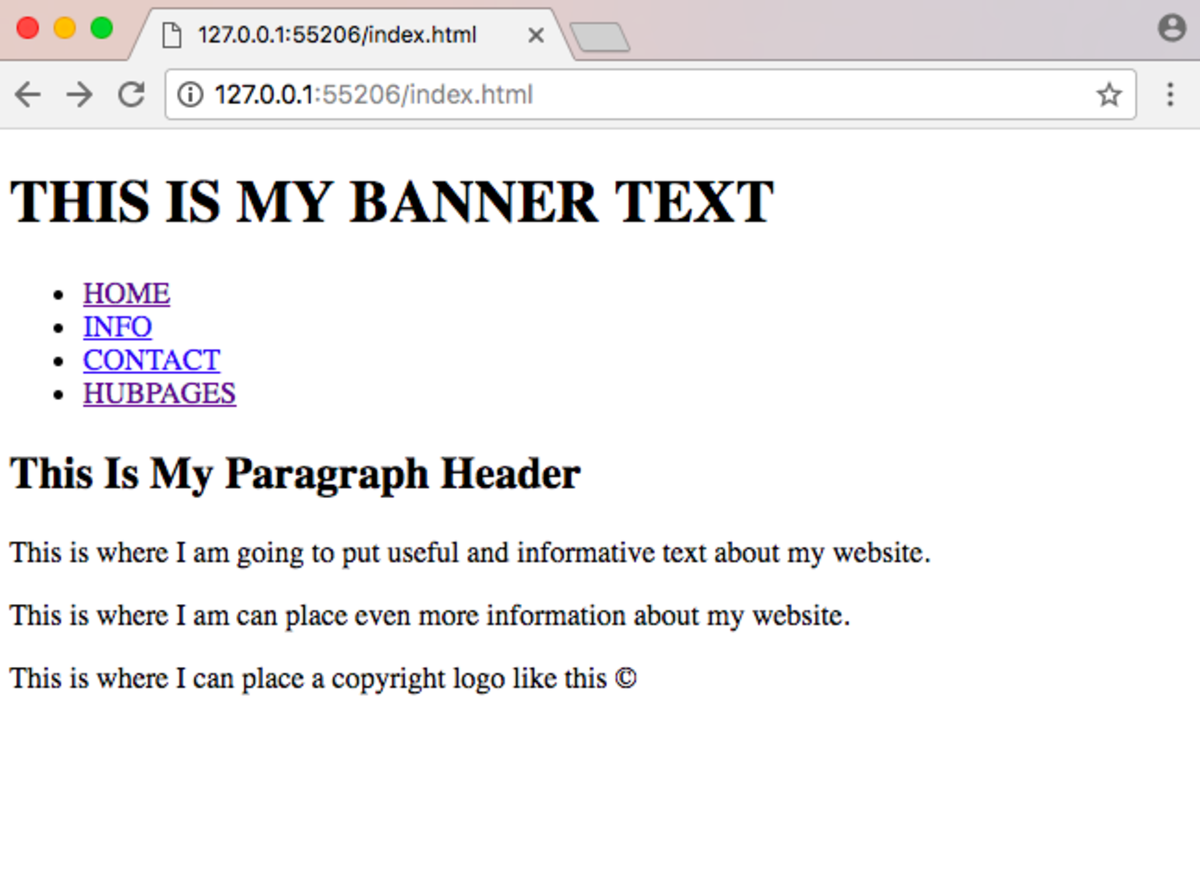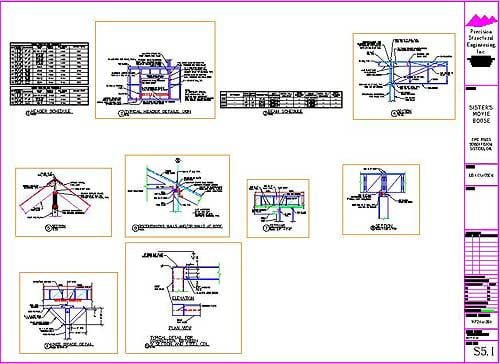Table Of Content

It is the strategic process of defining the architecture, components, and interactions of a software system to fulfill specific functional and non-functional requirements. It involves translating high-level concepts into concrete designs that can be implemented and executed efficiently. Ant Design is a design system that provides guidelines for how to create user interfaces that are consistent, accessible, and internationalized. It is based on the principles of Ant, which is a set of design principles that are used to create user interfaces that are simple, clear, and efficient.
What are design systems?
In conclusion, system design is a critical aspect of software engineering that ensures the successful development and implementation of software systems. It involves defining the architecture, components, modules, and data for a system to meet specified requirements. The process of system design includes gathering and analyzing requirements, designing the system architecture, and prototyping and testing. System design follows key principles such as modularity, abstraction, encapsulation, loose coupling, and high cohesion. Different approaches, such as top-down, bottom-up, and object-oriented design, can be used in system design. Various tools and techniques, including UML, data flow diagrams, entity-relationship diagrams, and structure charts, support system design.
Step 1: Requirements clarifications
High cohesion supports code reuse and minimizes the chances of side effects. Loose coupling means minimizing the dependencies between software modules. By reducing interdependencies, changes made to one module have minimal impact on others. Loose coupling increases flexibility, maintainability, and scalability.

All open-source articles on Design Systems
These might be people in the engineering roles listed above or designers, researchers, copywriters, and other partners. These are examples of people in design systems roles that are not systems designers. System design refers to the process of creating a detailed plan or blueprint for a software solution that addresses the needs and objectives of the stakeholders. It involves defining the architecture, components, modules, interfaces, and data for the system to meet specified requirements. System design is the process of designing the architecture and components of a software system to meet specific business requirements. The process involves defining the system’s architecture, components, modules, and interfaces, and identifying the technologies and tools that will be used to implement the system.

Next steps for system design
It is crucial because it serves as a blueprint for implementation, ensuring a well-organized, maintainable, and scalable software system. System design is the process of defining the architecture, modules, components, interfaces, and data for a system to satisfy specified requirements. It is a bridge between the requirements specification and the implementation phase. The primary goal of system design is to translate the requirements into a representation of the system that can be used for construction. At its essence, system design is the blueprint that transforms concepts and requirements into tangible software structures.
Because of this, the design and implementation of containerization systems are also gaining ground. In this section, we’ll cover some fundamental concepts within the field of distributed systems. System failures usually result in the loss of the contents of the primary memory, but the secondary memory remains safe. Whenever there’s a system failure, the processor fails to perform the execution, and the system may reboot or freeze.
Process of System Design
In terms of energy efficiency, the UCS X-Series is engineered to streamline power usage by dynamically adapting to the demands of various applications. It achieves this through a technology that allows components to be powered on and off independently, which can lead to significant energy savings compared to the always-on nature of B-Series and C-Series servers. Furthermore, compared to the HyperFlex HX-Series, the UCS X-Series may offer even more granular control over resource allocation, potentially leading to even better energy management and waste reduction. This consolidation is a key factor in achieving greater energy efficiency within data centers. Cisco’s Unified Computing System (UCS) stands at the forefront of this technological landscape, offering a comprehensive portfolio of server options tailored to meet the most diverse of requirements.
Material Design (originally referred to as and codenamed “Quantum Paper”) was developed by Google and is a design language used for Android devices. The idea, according to Matias Duarte Vice President of Design for Google, is to provide a design language which mimics the feel of pen and paper. Material design offers the user physical edges and surfaces to work with – with seams and shadows giving context to what parts of a digital design can be touched. It includes decisions about hardware, software, networks, databases, and other physical components required to support the system. Design principles act as the foundational ideas that guide the design process. They ensure that all design decisions contribute to a functional, aesthetically pleasing and user-friendly product.
System design ensures that the software system functions as intended and meets the requirements of the stakeholders. By carefully defining the system architecture and components, the design phase helps avoid potential issues and ensures that the system behaves as expected. System design considers scalability requirements, ensuring that the software system can handle increased load and data volume as the business grows. It involves making informed decisions on architecture, data storage, and processing capabilities. Rapid prototyping is an agile development process that slashes the amount of time spent creating prototypes. It is a fast and generally low-cost method of developing a working version of an intended product or system.
The way you design your system will depend on whether you want to go for custom development, commercial solutions, or a combination of the two. It encompasses a series of phases that guide engineers through the creation of a system that aligns with the user’s needs and organizational goals. The SDLC aims to ensure that the end product is reliable, scalable, and maintainable. While design systems provide structure and consistency, they also require maintenance.
NIST Researcher Proposes Logistics Modeling for Complex Systems Design to OMG NIST - NIST
NIST Researcher Proposes Logistics Modeling for Complex Systems Design to OMG NIST.
Posted: Thu, 01 Jun 2023 07:00:00 GMT [source]
You want to start by analyzing the different approaches to solving a given problem and the pros/cons of each potential solution. For Twitter, we will need to keep in mind parameters like storage, bandwidth estimation, total tweet-views, etc. Let’s say we have around 200 million daily active users, a hundred million new tweets, and each user follows about 200 people. These are some basic requirements that can further be extended to include searching, replying to tweets, tagging users, notifications, trending topics, etc. Functional requirements are requirements the system has to deliver.
The System Design Cheat Sheet: Networks - hackernoon.com
The System Design Cheat Sheet: Networks.
Posted: Thu, 28 Sep 2023 07:00:00 GMT [source]
Logical design pertains to an abstract representation of the data flow, inputs, and outputs of the system. It describes the inputs (sources), outputs (destinations), databases (data stores), procedures (data flows) all in a format that meets the user requirements. These engineers are typically not developing apps or features nor are they often creating wireframes or flows, except when a smaller component has several states (eg. date-picker).
Users, managers and IS owners need never reference system documentation. System documentation provides the basis for understanding the technical aspects of the IS when modifications are made. Every record on the file is processed starting with the first record until End of File (EOF) is reached. It is efficient when a large number of the records on the file need to be accessed at any given time.
Design systems take significant amounts of money, resources, and time to build. A design system can exist on a website or prototyping tool document (such as Figma or Sketch). If you are part of a large team at a corporation, having a design system can significantly reduce redundancy and save time spent designing. System documentation serves as the technical specifications for the IS and how the objectives of the IS are accomplished.
However, it is common for these types of people to help their peers within feature teams integrate their deliverables into the larger system. The Internet of Things (IoT) involves the interconnection of physical devices through the internet. System design will play a crucial role in designing robust and secure IoT architectures that can handle the massive volumes of data generated by IoT devices and ensure seamless communication and integration. Cloud computing enables the delivery of computing resources over the internet, allowing for scalable and flexible system architectures. System design will increasingly focus on leveraging cloud technologies to optimize performance, enhance scalability, and improve cost efficiency. It involves the software engineering team breaking up the larger deliverable into smaller parts.
DVT tests include activities such as submerging into water to check water proofing integrity, burning in increasing flame intensities, being crushed by heavy molds and exposure to harsh natural conditions. This process allows modifications to be made to the design or material choices if anomalies or deviations are detected. The Engineering Validation Testing (EVT) phase is a process to confirm that all sub-units of the prototype design are working according to requirements.



















